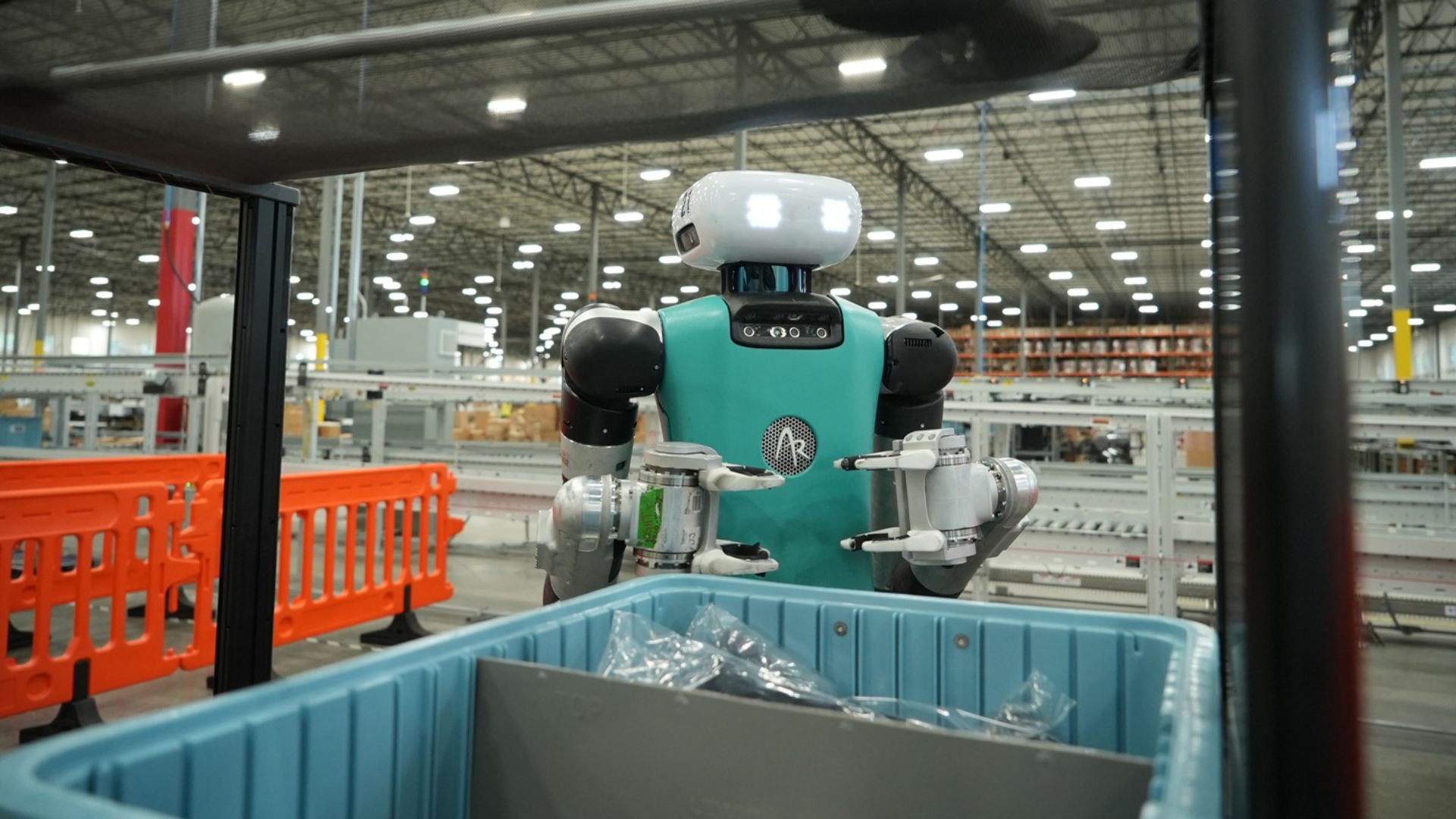
The Rise of Humanoid Robots in Factories and Warehouses
The integration of humanoid robots into industrial settings is rapidly transforming manufacturing and logistics. These advanced machines, designed to mimic human form and capabilities, offer a compelling solution to increasing demands for automation, efficiency, and flexibility in factories and warehouses worldwide.
Enhancing Productivity and Efficiency
Humanoid robots are proving to be invaluable assets in boosting operational output and streamlining processes. Their ability to perform repetitive or strenuous tasks with precision and consistency surpasses human capabilities in many scenarios, leading to significant improvements in production speed and quality control.
- 24/7 Operations: Unlike human workers, humanoid robots can operate continuously without fatigue, enabling round-the-clock production cycles and maximizing throughput.
- Task Specialization: Robots can be programmed for highly specific tasks, such as intricate assembly, heavy lifting, or precise placement, reducing errors and enhancing product quality.
- Ergonomic Benefits: By taking over physically demanding jobs, humanoid robots alleviate the risk of musculoskeletal injuries for human employees, leading to a safer work environment.
- Data Collection and Analysis: Integrated sensors allow these robots to gather vast amounts of data on production processes, which can be analyzed to identify bottlenecks and further optimize operations.
Adapting to Dynamic Environments
A key advantage of humanoid robots is their adaptability, allowing them to navigate and interact with environments that are not specifically designed for automation. This flexibility opens up new possibilities for where and how robots can be deployed.
- Human-Centric Design: Their bipedal locomotion and dexterous manipulation capabilities enable them to move through existing factory layouts, ascend stairs, and utilize human-sized workstations.
- Flexible Task Execution: Humanoid robots can be reprogrammed or retrained to handle a variety of tasks, making them suitable for diverse production lines or changing warehouse demands, unlike fixed-function automation.
- Collaboration with Humans: As robot technology advances, there is an increasing focus on collaborative robots (cobots) that can safely work alongside human employees, sharing tasks and enhancing overall team productivity.
- Navigating Complex Terrains: In warehouse settings, their ability to navigate aisles, pick items from shelves, and transport goods contributes to more efficient inventory management and order fulfillment.
The deployment of humanoid robots in factories and warehouses represents a significant leap forward in industrial automation. By offering enhanced productivity, improved safety, and remarkable adaptability, these intelligent machines are poised to redefine the future of manufacturing and logistics, enabling businesses to meet the challenges of a rapidly evolving global market.